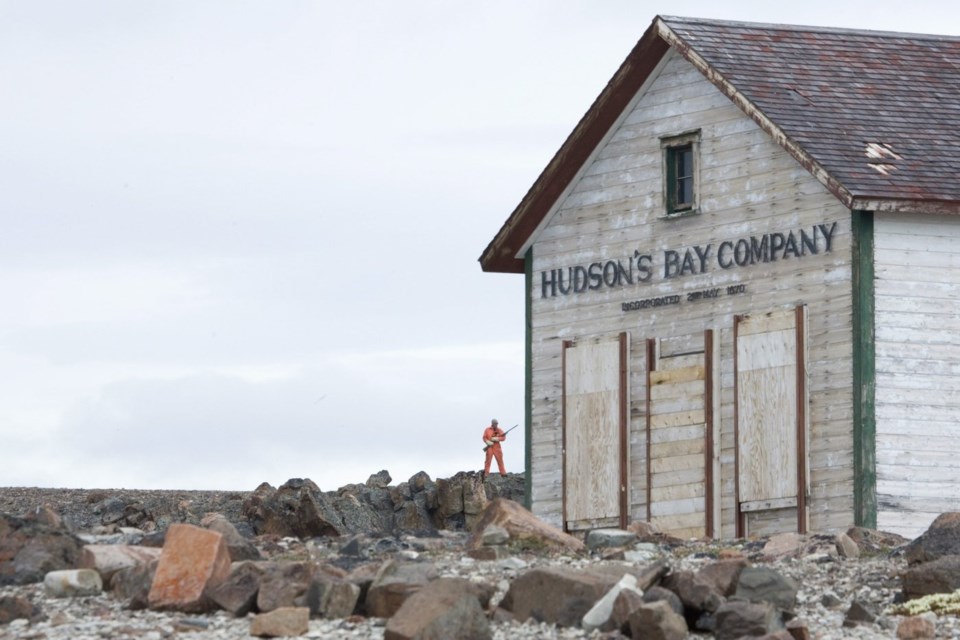Hudson's Bay, Canada's oldest company, is seeking court permission to auction off its artifacts, art and even the royal charter that gave the business the power to dominate the 17th century fur trade.
However, thousands of items imbued with Bay history have already wound up in the hands of archival institutions.
Here's a look at where some of the Bay's memorabilia resides.
Manitoba Museum
The Winnipeg museum's website says Hudson's Bay began to acquire historical objects to open a museum in 1920. The company wound up donating many of those items to the Manitoba Museum in 1994 and its collection kept growing over the years because of donations from the descendants of fur trading families and other Bay employees.
The museum now counts 27,000 on its Hudson's Bay collection. It says about two-thirds are of First Nations, Métis and Inuit origin.
Among its holdings are furnishings from the company's former head office in London, England, commemorative medals and objects related to navigation, exploration and some retail activities.
The museum also has a full-sized birch bark canoe made in Lake Savant, Ont., in the early 20th century, an HBC flintlock trade gun made by J.E. Barnett & Sons in 1871 and a soapstone carving from Lukasie Tunu Saviakjuk that dates back to 1958.
Archives of Manitoba
The archive's website says Hudson's Bay loaned many of its records to the institution in 1974 but permanently donated them in 1994.
Those records include 130,0000 still images spanning the 1860s to the 1980s and 12,000 maps, charts, plans and architectural drawings, from 1563 to 1982.
The architectural drawings depict 18th century fortifications of the forts around Hudson Bay, 20th century department stores, ships' plans, and "some unexpected items," such as the Prince Rupert Golf Course in Edmonton, which HBC operated in the 1930s, the archives website says.
There are also more than 140 video and 500 sound recordings. They show northern Inuit and First Nations communities and feature company commercials and interviews with retired Bay employees.
The textual records, which span diaries, letters and research notes, take up more than 1,500 linear meters of shelf space alone.
S.S. Beaver Museum
The Hamilton, Ont., museum is a passion project for historian Mark Garner. He owns hundreds of pieces related to the Bay and its 19th-century steamship, the S.S. Beaver.
The boat ran aground in B.C. in 1888 and languished there for four years as beachcombers pilfered its wood and other components; it eventually sank in 1892. Garner says his distant relative, Charles McCain, got the salvage rights to the boat and melted down its semi-precious metal to create commemorative medals.
Garner's collection features hundreds of items including a 200-year-old key to the captain's cabin and the Beaver’s paddle shaft.
This report by The Canadian Press was first published April 17, 2025.
Tara Deschamps, The Canadian Press



